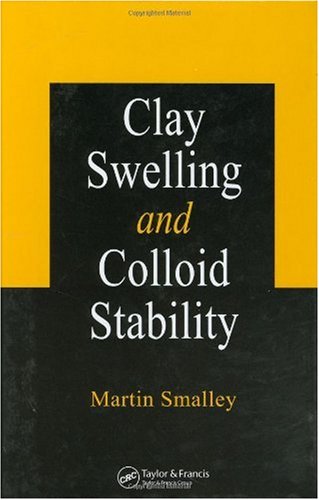

Most ebook files are in PDF format, so you can easily read them using various software such as Foxit Reader or directly on the Google Chrome browser.
Some ebook files are released by publishers in other formats such as .awz, .mobi, .epub, .fb2, etc. You may need to install specific software to read these formats on mobile/PC, such as Calibre.
Please read the tutorial at this link. https://ebooknice.com/page/post?id=faq
We offer FREE conversion to the popular formats you request; however, this may take some time. Therefore, right after payment, please email us, and we will try to provide the service as quickly as possible.
For some exceptional file formats or broken links (if any), please refrain from opening any disputes. Instead, email us first, and we will try to assist within a maximum of 6 hours.
EbookNice Team

Status:
Available4.7
9 reviewsMartin Smalley first discusses the replacement of the DLVO theory with the Coulombic Attraction Theory to explain the existence, extent, and properties of the two-phase region of colloid stability. Using the n-butylammonium vermiculite system as his model clay system, the author clarifies the flaws of conventional theories and presents the experimental details that form the basis of his new theories. He provides rigorous derivations that place the new electrical theory for charged colloids on a firm foundation in statistical mechanics. The author illustrates why a new, quantitative bridging flocculation model for polymer-stabilized colloids must replace the depletion flocculation model. Smalley also examines the discovery of the ''dressed macroion'' structure of clay plates in solution, the structure of a bridging polymer, and the distribution of polymer segments, counterions, and water molecules in the interlayer region.
Based on the author’s own research and 36 publications in the field, Clay Swelling and Colloid Stability isa self-contained and intellectually satisfying account of the revolutionary process leading to a universally sound, and increasingly applicable, theory of colloid stability.